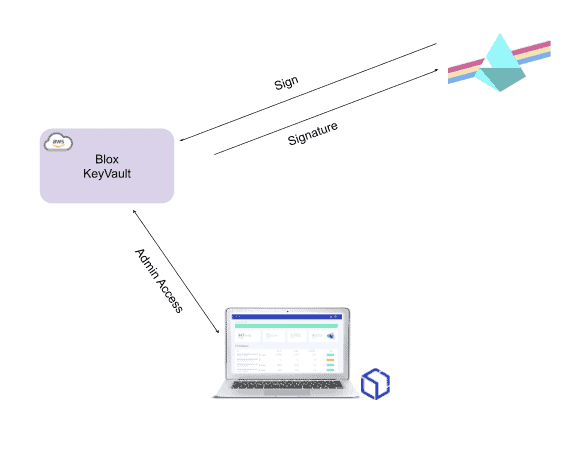
- #KEYVAULT VALIDATOR NOT WORKING HOW TO#
- #KEYVAULT VALIDATOR NOT WORKING INSTALL#
- #KEYVAULT VALIDATOR NOT WORKING CODE#
- #KEYVAULT VALIDATOR NOT WORKING WINDOWS#
#KEYVAULT VALIDATOR NOT WORKING CODE#
A managed identity allows the app to authenticate with Azure Key Vault using Azure AD authentication without storing credentials in the app's code or configuration. Use managed identities for Azure resourcesĪn app deployed to Azure can take advantage of Managed identities for Azure resources. In the Production environment, the values load with the _prod suffix. In the Development environment, secret values load with the _dev suffix. When you run the app, a webpage shows the loaded secret values. "AzureADDirectoryId": "Azure AD Directory ID" "AzureADCertThumbprint": "Azure AD Certificate Thumbprint", "AzureADApplicationId": "Azure AD Application ID", New Uri($" new ClientCertificateCredential( Var x509Certificate = x509Store.Certificatesīuilder.Configuration, Using var x509Store = new X509Store(StoreLocation.CurrentUser) Var builder = WebApplication.CreateBuilder(args) The app calls AddAzureKeyVault with values supplied by the appsettings.json file: The X.509 certificate is managed by the OS. Use either of these approaches to obtain the configuration value:
#KEYVAULT VALIDATOR NOT WORKING INSTALL#
#KEYVAULT VALIDATOR NOT WORKING WINDOWS#
Options for creating certificates include MakeCert on Windows and OpenSSL. The sample app uses an Application ID and X.509 certificate when the #define preprocessor directive at the top of Program.cs is set to Certificate. Managed identities don't require storing a certificate in the app or in the development environment. Instead, use Managed identities for Azure resources when hosting an app in Azure. For more information, see About keys, secrets, and certificates.Īlthough using an Application ID and X.509 certificate is supported for apps hosted in Azure, it's not recommended. Use Application ID and X.509 certificate for non-Azure-hosted appsĬonfigure Azure AD, Azure Key Vault, and the app to use an Azure AD Application ID and X.509 certificate to authenticate to a key vault when the app is hosted outside of Azure. Set the property value ( -name "Section-SecretName" -value "secret_value_2_prod" Secret Manager requires a property in the app's project file. When the sample app runs on the local machine in the Development environment, secrets are loaded from the local user secrets store. Set secrets locally using Secret Manager.
#KEYVAULT VALIDATOR NOT WORKING HOW TO#
View or download sample code ( how to download) Secret storage in the Development environment Follow the guidance in the Use the managed identities for Azure resources section.įor more information configuring a sample app using preprocessor directives ( #define), see Overview of ASP.NET Core. The Managed version of the sample must be deployed to Azure. The managed identity authenticates the app to Azure Key Vault with Azure Active Directory (AD) authentication without storing credentials in the app's code or configuration. Managed: Demonstrates how to use Managed identities for Azure resources.This sample can be run from any location, whether deployed to Azure App Service or any host that can serve an ASP.NET Core app. Certificate: Demonstrates using an Azure Key Vault Client ID and X.509 certificate to access secrets stored in Azure Key Vault.

The sample app runs in either of two modes determined by the #define preprocessor directive at the top of Program.cs:

Azure Key Vault is a cloud-based service that helps safeguard cryptographic keys and secrets used by apps and services.


This article explains how to use the Azure Key Vault configuration provider to load app configuration values from Azure Key Vault secrets.


 0 kommentar(er)
0 kommentar(er)
